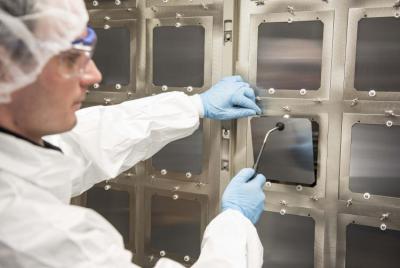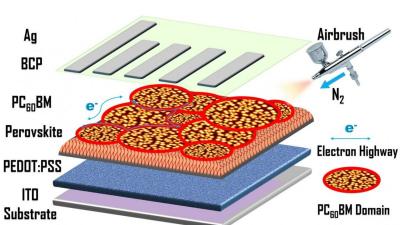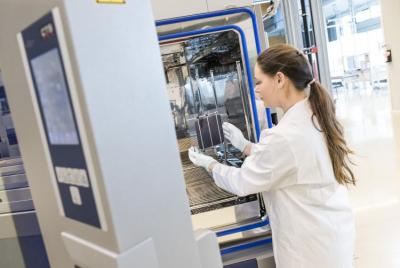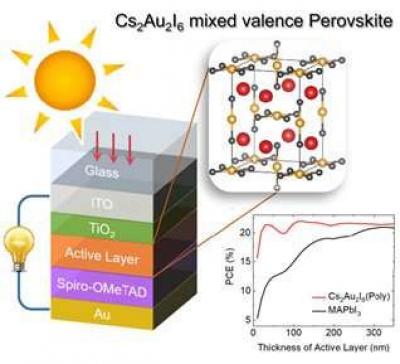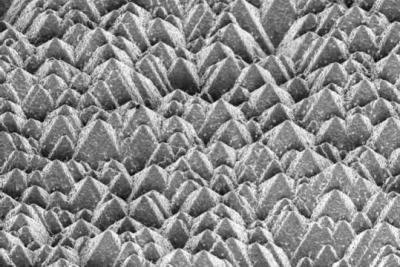Researchers define the perovskite ‘humidity loop’
Researchers at the University of Maryland (UMD) have identified the impact of the environment on perovskite materials. To understand the physical and chemical processes that lead to degradation, the team exposed these materials to various environmental factors in the lab and measured their response using a technique called 'in situ environmental photoluminescence (PL) to temporally and spectrally resolve the light emission within a loop of critical relative humidity (rH) levels.'
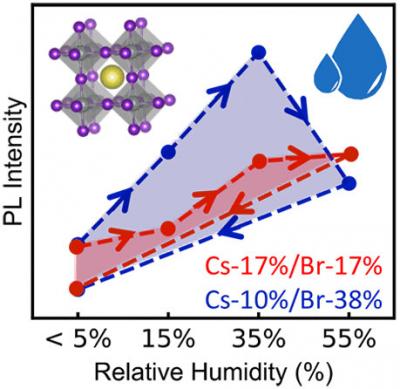
'We found that the humidity pathway determines the overall optical response of the perovskite materials, leading to a behavior called luminescence hysteresis, wherein the light emitted from the material depends not only on the current conditions but also the prior ones,' said the team. 'Further, we found that the amount of luminescence hysteresis is highly dependent on the ratio between two critical elements constituting the perovskites: Cs and Br.'
